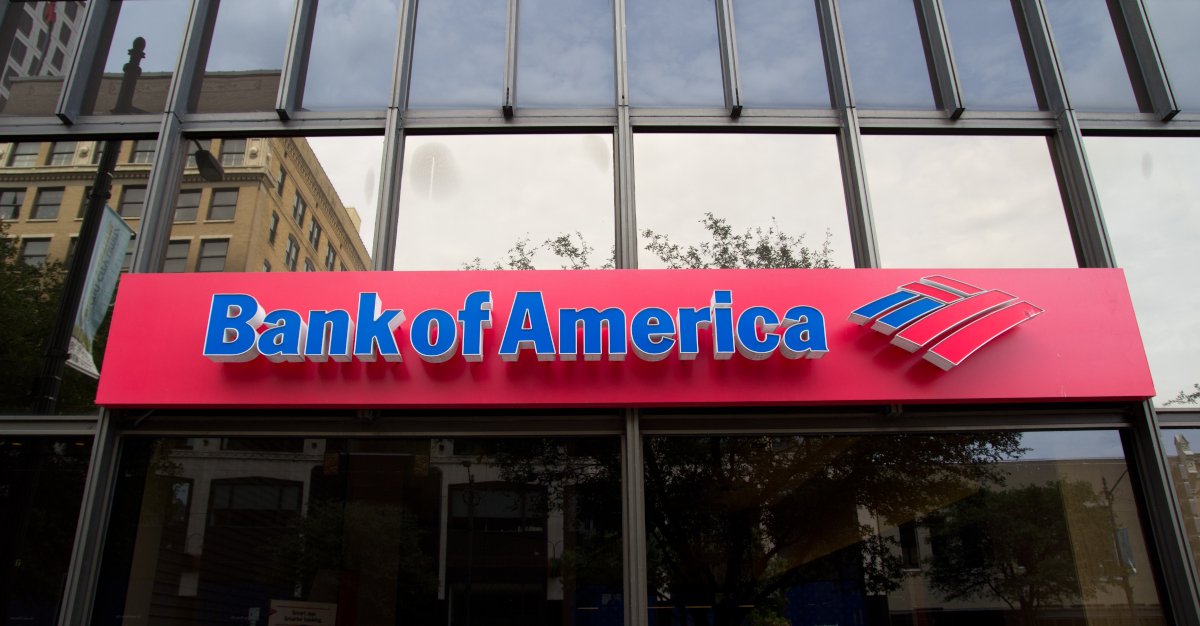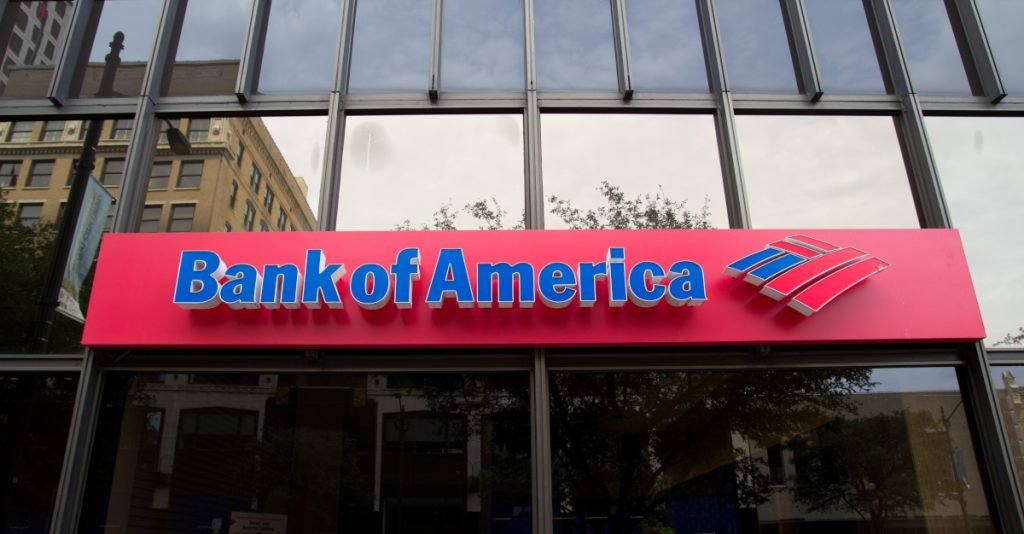It’s been seven months now since Silicon Valley Bank went bust. And so much has happened in the world since then that SVB’s collapse almost feels like ancient history.
But something is going to happen tomorrow– at precisely 6:45am Eastern time– that could rekindle anxiety in the banking system once again.
And it’s not hard to understand why; the problems in the banking system… the problems that brought down Silicon Valley Bank and others… didn’t go away. In fact they got worse. And now several other large US banks are getting dangerously close to the edge.
This is not hyperbole. I’ll explain:
Remember that Silicon Valley Bank failed because they suffered sudden, massive investment losses… losses that were so large that the bank’s entire capital was wiped out.
And yet Silicon Valley Bank’s hyper-destructive investment wasn’t toxic subprime loans, or some exotic derivative. SVB went bankrupt because they loaded up on US government bonds.
US government bonds are supposed to be THE safest asset class in the world. Yet even supposedly ‘safe’ assets can lose money. And government bonds have suffered enormous losses over the past two years.
The reason is pretty simple: interest rates. Back in the summer of 2020, interest rates were at historic lows. And if you don’t know anything else about bonds, just understand that whenever interest rates rise, bond prices fall.
Banks like SVB bought tons of US government bonds back in 2020 and 2021 when interest rates were at historic lows. So, put another way, banks paid record high prices to buy government bonds.
But starting in 2022, the Federal Reserve started to raise interest rates. And with each successive Fed interest rate hike, bonds became worth less and less.
Silicon Valley Bank’s bonds eventually lost so much money that the bank was wiped out.
The $500 billion dollar problem in the US banking system, of course, is that Silicon Valley Bank wasn’t alone. In fact MOST banks bought government bonds… which means that MOST banks have racked up enormous losses over the past few years.
And the bank that has racked up the worst losses of all… is Bank of America, which reports its quarterly earnings tomorrow morning at 6:45am.
Now, Bank of America has done its best to hide its losses. And they use a completely legal accounting scam to do it.
In short, banks have a quirky option in the way that they classify their bonds; one way is to classify their bonds as what’s called “Available for Sale”, or AFS.
This classification means that if the bank ever needs to come up with some quick cash, they can sell AFS bonds at any time. AFS bonds are literally available for sale, as the name suggests.
The other classification is called “Hold to Maturity”, or HTM. Bonds designed as HTM cannot be sold. Instead, the bank must hold its HTM bonds for their full duration.
So if a bank buys, say, a 30-year Treasury bond and classifies it as HTM, the bank has to hold that bond for the full thirty years. They cannot sell it.
While such accounting vagaries might not be especially thrilling, I assure you that the distinction between HTM and AFS is critical in understanding the scam that’s taking place.
Banks traditionally used to classify the vast majority of their bonds as AFS. And this made sense; AFS is the most flexible classification. AFS gives banks the option to either sell the bonds, or hold them. HTM bonds, on the other hand, cannot be sold and MUST be held to maturity.
And that’s why, back in 2015 for example, Bank of America classified a whopping 83% of its bonds as AFS, and only 17% as HTM. And that ratio was pretty typical of most big banks.
But the nuance of AFS is that, if the bonds lose value, banks have to report those losses… and the bond losses negatively impact their earnings.
In the past, this never really happened. Bond prices were exceptionally stable. And aside from minor fluctuations, banks never really had to report big losses on their bond portfolios. Until now.
Government bonds have lost 23% of their value since 2020 due to the Fed’s interest rate hikes, creating hundreds of billions of dollars of losses for big banks.
A 23% loss for US government bonds is unprecedented, and it’s never happened in modern financial history.
If banks were holding most of their bonds as AFS, like they traditionally used to do, they would have to report these huge losses. And that would be devastating for their earnings, for their stock prices, and for their executive bonuses.
So instead of reporting those losses, the banks have magically reclassified their bonds from AFS to HTM.
Unlike the AFS classification, banks don’t have to record any losses on their HTM bonds. So reclassifying bonds from AFS to HTM is like pretending that hundreds of billions in losses don’t exist.
Bank of America, for example, has at least $100 billion in bond losses, potentially much more. But because they’ve reclassified most of their bonds as HTM, those losses haven’t adversely affected their capital, or their earnings.
Remember when I said that Bank of America used to classify a standard 17% of its bonds as HTM? Well, today, 83% of their bonds are now HTM. It’s a HUGE difference.
And the ONLY reason why they would do this is to avoid recording $100+ billion in losses.
Bear in mind that Bank of America only has around $200 billion in total capital. So if they were honest in their accounting, they’d have to write down roughly HALF of their capital. Maybe more.
This is becoming eerily close to another Silicon Valley Bank problem.
Granted, the market happily ignored Silicon Valley Bank’s financial woes until it was too late. And I’m guessing that, tomorrow morning, the market might also choose to ignore Bank of America’s growing bond losses. For now.
But this problem cannot be ignored forever. And it’s a pretty clear example of what’s known in finance as a “Gray Rhino”.
You’re probably familiar with the famous “Black Swan” metaphor, which refers to a highly improbable, difficult-to-predict event that has a major, negative impact.
The COVID-19 pandemic was an obvious Black Swan event.
The metaphorical opposite of a Black Swan is known as a Gray Rhino– an event that is fairly likely and should be easy to predict.
Gray Rhinos don’t sneak up on you; visible evidence builds until the risk becomes completely obvious.
And yet, Gray Rhinos are almost always ignored… typically because people have confidence in flawed systems, illogical axioms, or historical legends.
The world is full of Gray Rhinos that very intelligent people choose to ignore. America’s national debt crisis is a Gray Rhino. Social Security’s looming insolvency is a Gray Rhino. The US dollar’s loss of reserve status is a Gray Rhino.
These are all obvious risks that hardly anyone acknowledges. Instead, people have rejected simple arithmetic and clung to an irrational belief system based on the historical legend of America.
Major banks in the US have suffered more than $500 billion in bond losses, wiping out a substantial portion of their capital. Despite some banks’ attempts to cleverly hide those losses with accounting tricks, the problem is obvious.
By the way, this same problem has affected the FDIC– whose Deposit Insurance Fund is invested primarily in US government bonds… and has hence also suffered massive losses.
It’s also affected the Federal Reserve, which now has roughly $1 TRILLION in losses from its bond portfolio.
(Ironically, many smaller banks are now MUCH safer; smaller banks are typically much more responsible with their depositors’ savings, and so they haven’t suffered the same types of losses.)
This is a Gray Rhino. But unlike other Gray Rhinos like the national debt, the US dollar, and Social Security which may still be a few years from erupting, this banking Gray Rhino might rear its head much, much sooner.









